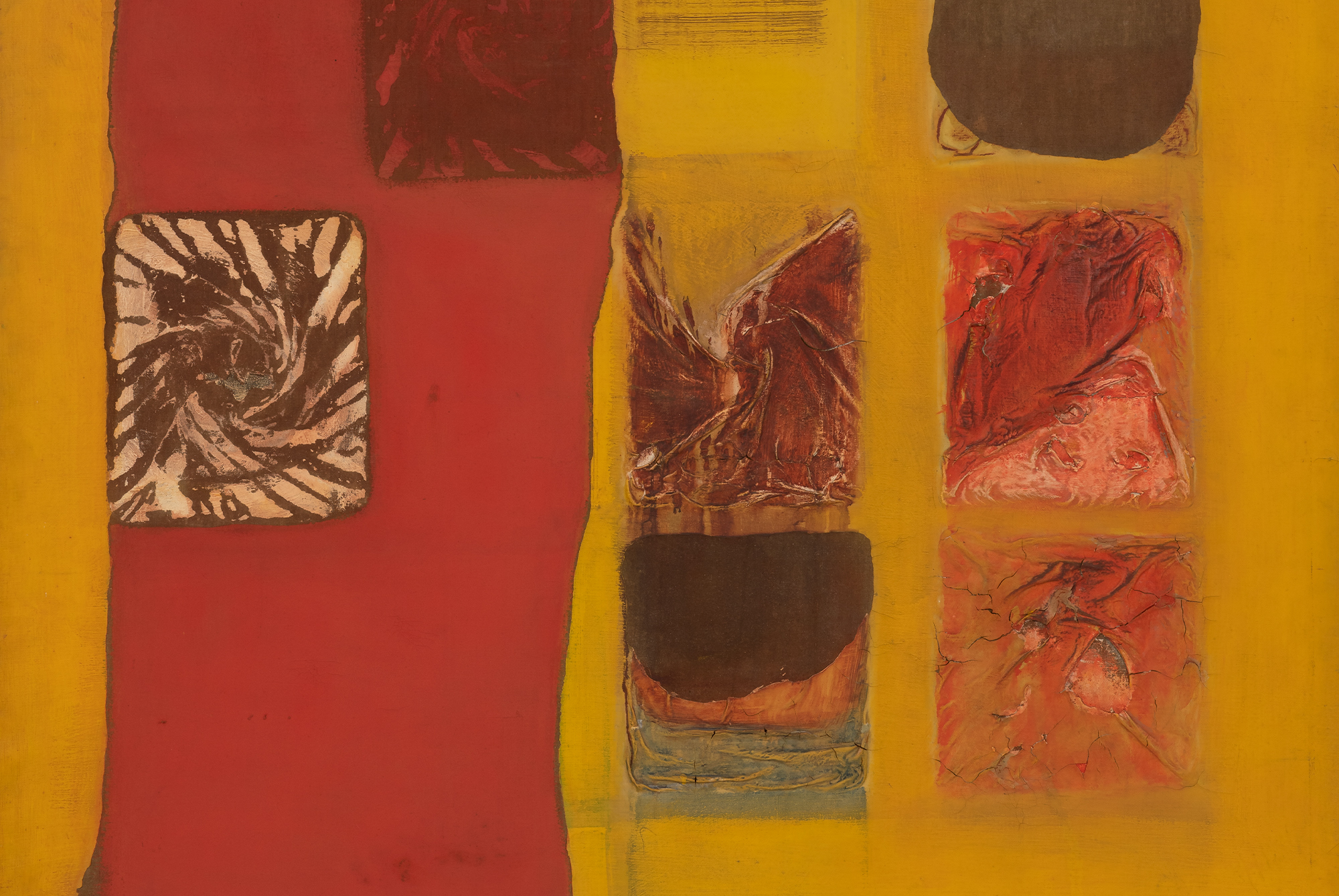Work 65-2
1965
Acrylic, kaolin and oil on canvas
63 7/8 x 51 5/16 inches (162.2 x 130.3 cm)
© Chung Sang-Hwa
Work 65-2 (1965) is an exemplar of the Korean informel style from Chung Sang-Hwa’s early career, which prefigures the celebrated formal framework the artist has since established. The present work portended his involvement in the postwar Korean movement known as Dansaekhwa, characterized by labor-intensive processes, repetitive gestures, and reductionist aesthetics. Work 65-2 was executed in Korea before Chung’s pivotal move to Paris in 1967, representative of the profound investigations of color and materiality that would lead him to a palimpsestic painting process that encompasses numerous cycles of addition and removal. Chung has said of Work 65-2: “At the time, my focus was not about what I paint, but the process of applying, eliminating, and reapplying paint on the surface, and ultimately, the construction of the surface through this repetition.”
Chung graduated from Seoul National University with a fine arts degree in 1956, three years after a truce brought a provisional end to the Korean War. He then worked at a teacher’s college, training students to be instructors at elementary schools. Chung spent his meager salary on supplies and played an active role alongside Park Seo-Bo in the Modern Artists’ Association, which was strongly associated with the development of Korean informel, a gestural style that hewed closely to its European namesake and American Abstract Expressionism. Faced with a paucity of materials in the wake of a destructive war, Chung and his college peers were often short on art supplies. When they ran out of paint, the students would mix jitan, a type of charcoal, with oil to make works of art. This process inspired him to experiment with kaolin, a powdered stone that is produced in the Gaoling region of China, which remains a core material in his practice. He first combined kaolin with oil or dissolved it in water, developing a process over time that became uniquely his own: born of scarcity yet resulting in a methodology that centers curiosity and innovation.
Made a year prior, Work 64-13 (1964) is a painting composed of dark-colored acrylics and oils mixed with kaolin, reflecting the somber mood of a younger generation in Korea affected by uncertain times. However, as he continued to devote more time to his practice and art-historical study over late nights, Chung’s works began to display an attention to color and composition inspired by Western paintings he saw as reproductions in books and periodicals. The vivid palette featured in Work 65-2 is exceptional among his paintings. Upon a deep yellow ground that is broken by a large vertical swath of scarlet paint, Chung arranged a grid of loosely demarcated rectangles in bold earthy hues of orange, brown, and green. The swirls of kaolin-mixed paint lend a sculptural quality “for tension on the surface,” in his words, as they commingle with the smooth application of his chosen media and the rough canvas. Here, the artist’s gestures are prominent as he paints and deliberately removes and eliminates elements from the canvas in the search for a harmonious composition.
Already a leader in the Korean art world, Chung also began to exhibit abroad in this period, making his European debut at Galerie Lambert’s group presentation Les jeunes peintres coréens in 1963. He moved to Paris in 1967, two years after completing Work 65-2, to observe the works of art he had only been able to see as facsimiles. Learning French and visiting galleries and museums, he immersed himself deeply in the study of contemporary art and historical painting. He also presented his first solo exhibition in Europe at Galerie Jean Camion in 1968. The year following, Chung relocated to Kobe, Japan, where he furthered his exploration of materiality and process. There, he befriended Jiro Yoshihara, one of the founders of the avant-garde Gutai group. Chung has cited the influence of the works by others in their milieu—Kazuo Shiraga, Yutaka Matsuda, and Sadamasa Motonaga in particular—as informing the rhythms of his ritualistic process. This would lead to his groundbreaking canvases of the Dansaekhwa period that integrate the systematic order of the grid.
Though his technique has gradually evolved over the six decades that he has been painting, he remains committed to the integrity of his materials, remarking: “That is how you create a work that is completely your own.” Since the beginning, he has chosen a rough, heavy canvas, which he then stretches himself. Chung insists on maintaining control of every component, calculating ahead of time the resulting tonal qualities of the now largely white palette he employs. Through the numerous phases, he intuitively removes what he deems “unnecessary” and leaves what is integral to create a “sense of distance” and subtle depth and variation. His process comprises up to sixteen stages of meditative application and removal, drying and reapplying until the thickness of the paint is half a millimeter. Once the material hardens, he removes the canvas from the frame, flips it over, makes a grid on the verso, and carefully folds the surface to follow the lines. Incorporating the element of chance, he allows the natural cracks of the surface to ripple across the flat surface.
An extraordinary painting from Chung’s formative years in Korea, Work 65-2 stands as a testament to the artist’s commitment to artmaking in the difficult postwar era as well as an early paradigm that foreshadowed his engagement with an international avant-garde. His dedicated inquiry into materiality, dimensionality, and color would lead to his important contributions to Dansaekhwa and postwar modernist painting.
-
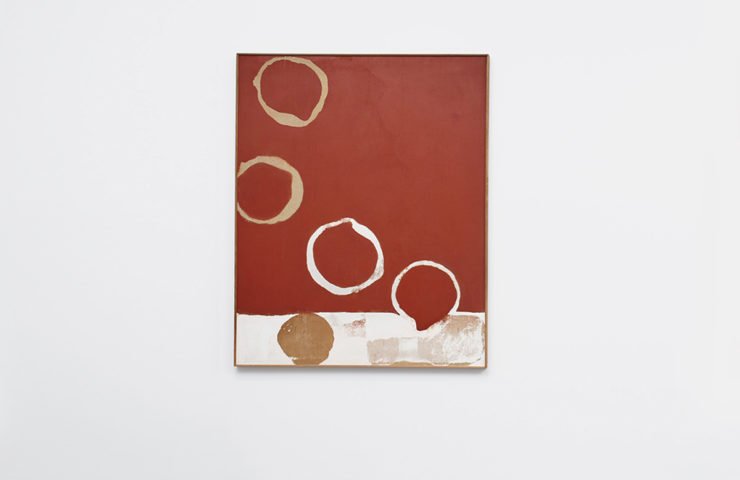
Work 70-9-15
1970
-
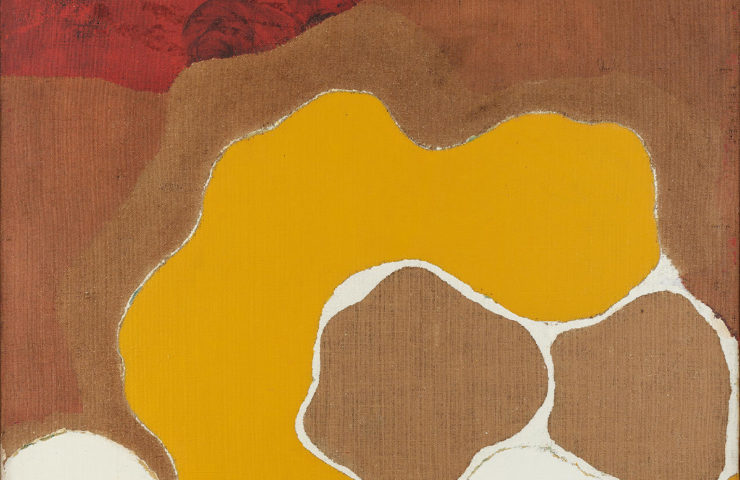
Work O-A
1971
-
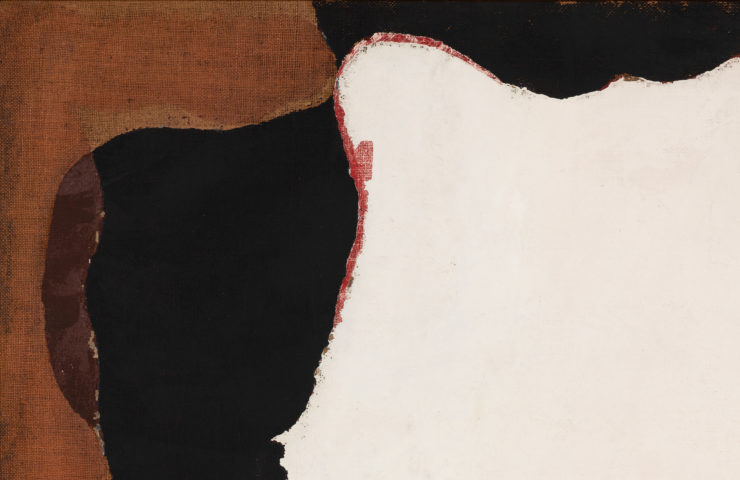
Work 69-A
1969
-
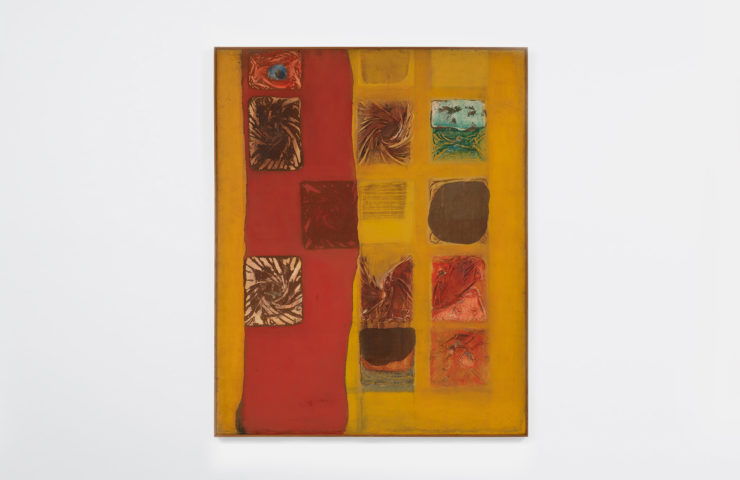
Work 65-2
1965
-
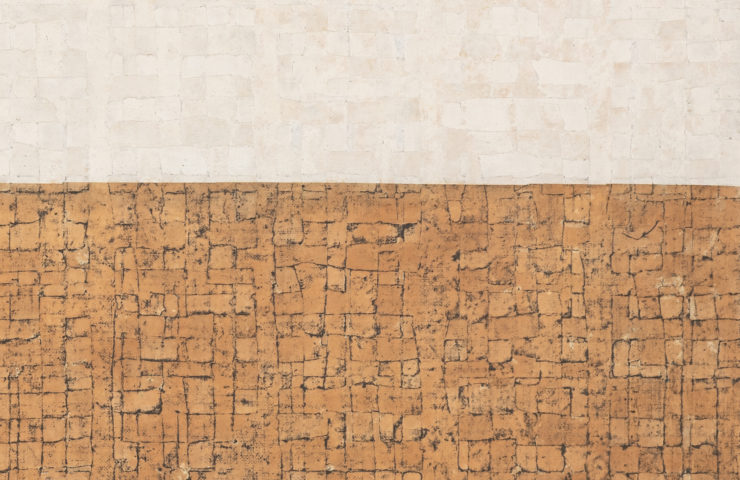
Untitled 78-11-29
1978
-
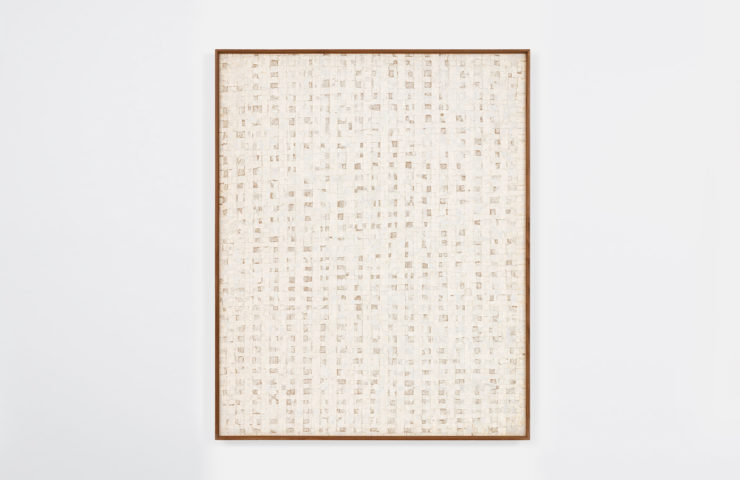
Untitled 77-8
1977
-
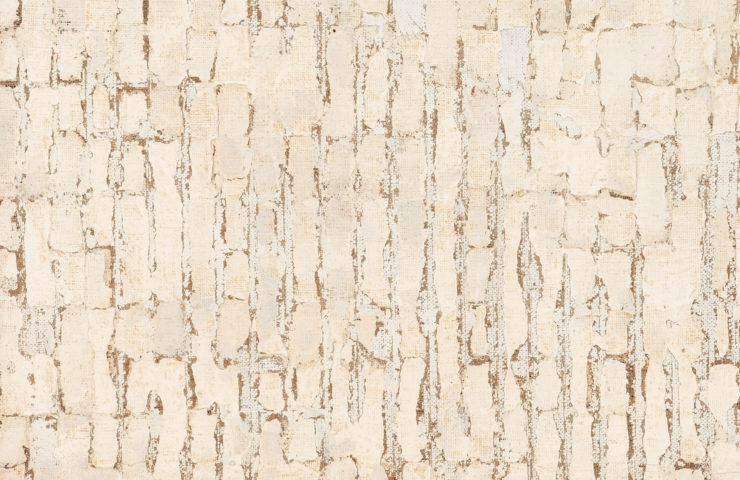
Untitled 75-10-8
1975
-
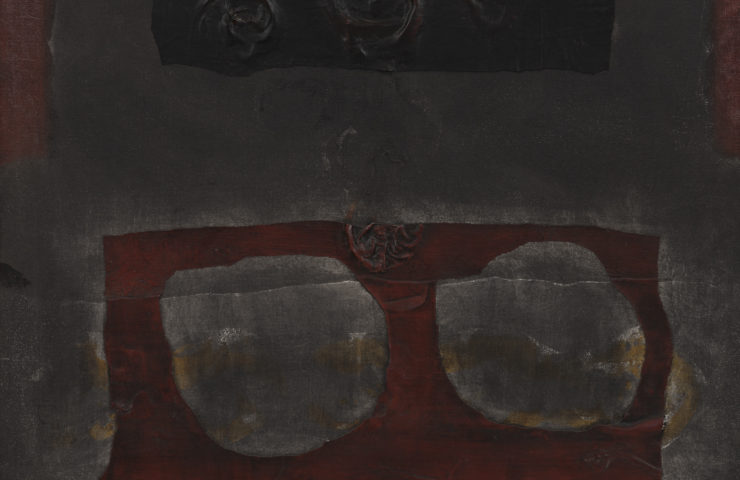
Work 64-13
1964
-
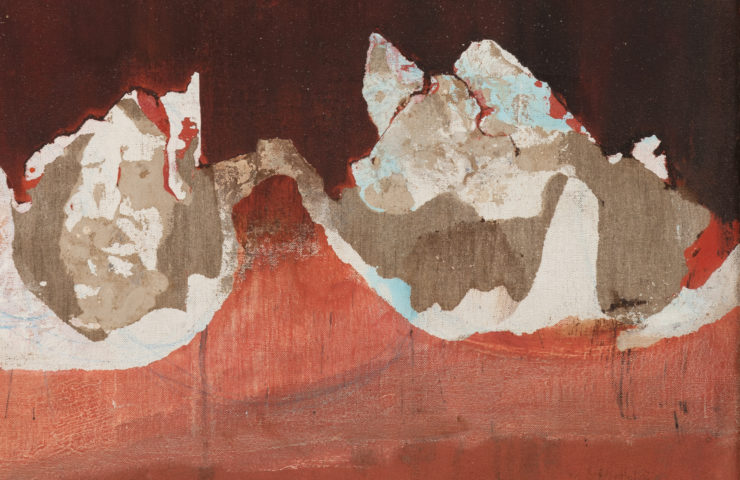
Work 68-32
1968
-
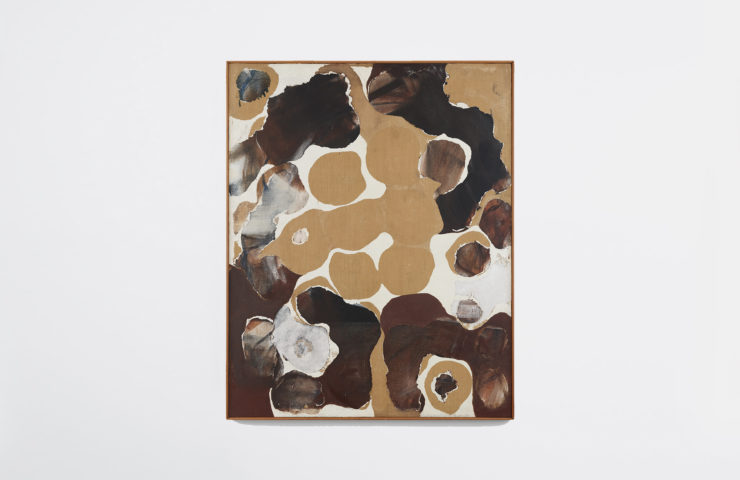
Work K-3
1970
-
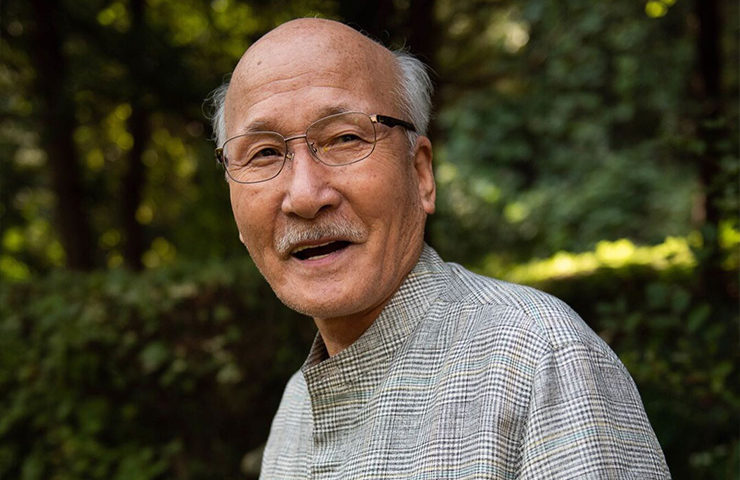
About Chung Sang-Hwa
Born in 1932 in Yeongdeok, Korea
-
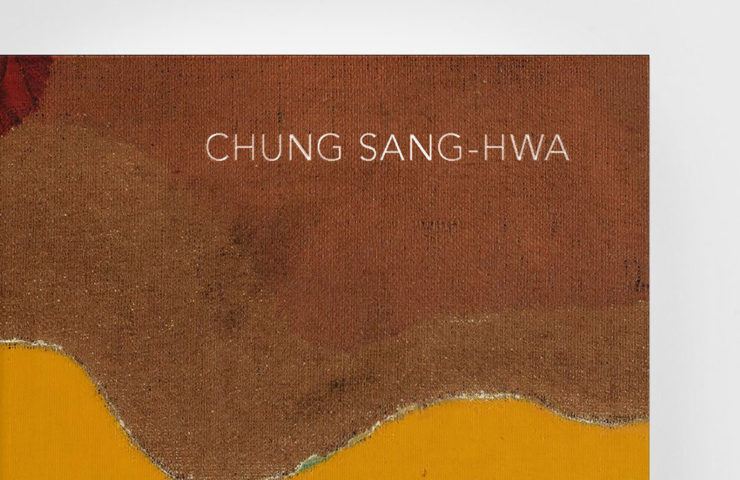
Pre-Order the Catalogue

